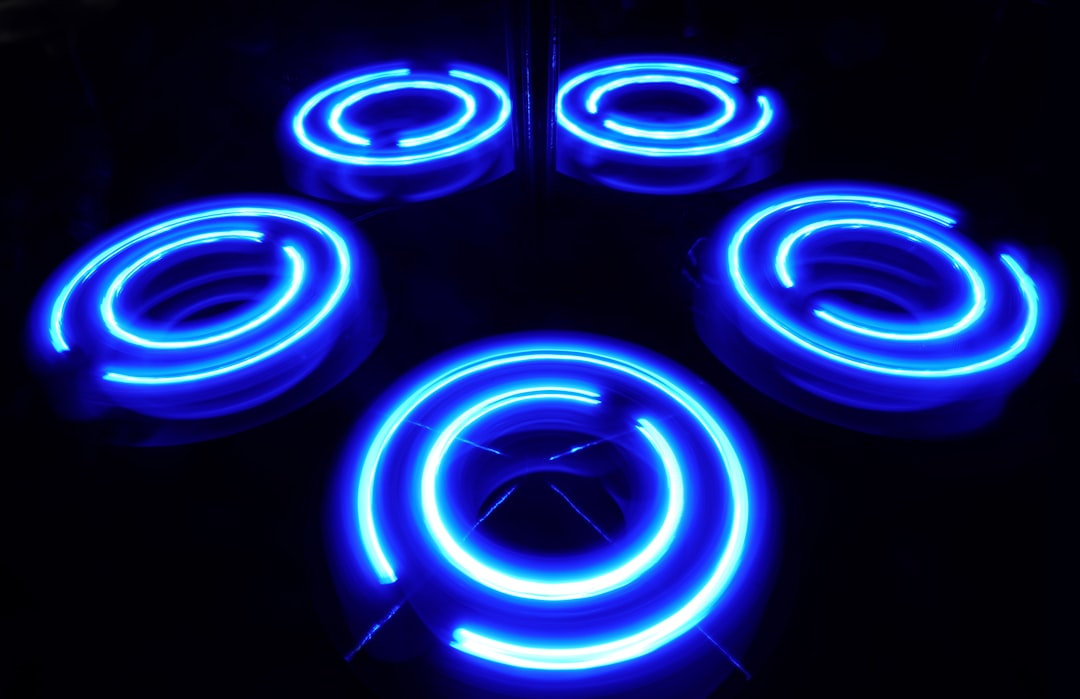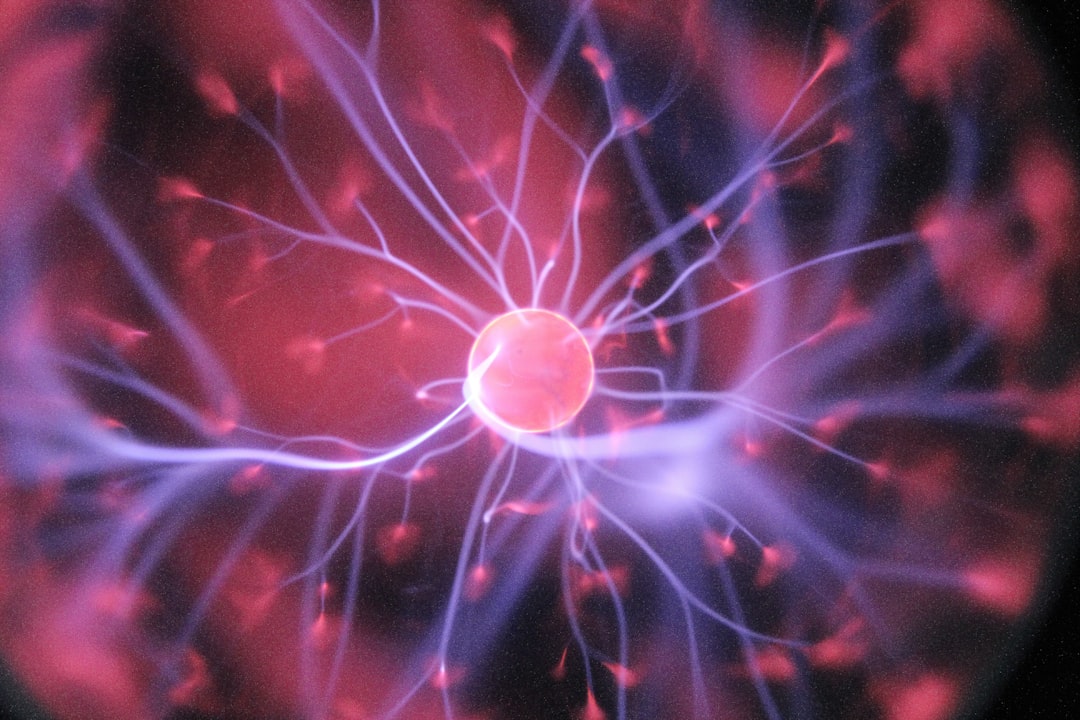What is it about?
Receptors are molecules that detect negatively charged ions or anions by binding to them. In this study, the authors report a new receptor for anions by combining features from two existing receptors: calix[4]pyrroles (CPs) and polyammonium azacrowns (ACs). CPs use hydrogen bonds to bind to anions, but they do not work well in water. On the other hand, ACs have a positive charge that helps them to strongly attract anions through electrical forces. But they are drawn to a wide range of anions without distinction. So, to create a better anion receptor, the authors designed a molecule that combines the strengths of both CPs and ACs. They replaced two of the four sites where hydrogen bonds are formed on CP with ammonium groups from AC. This increases the ability of CP to attract anions in water. Also, the remaining two of CP's original groups maintain the receptor's ability to bind to specific anions. This modified receptor can bind to certain anions, such as phosphates and phosphonates. It can even identify hard to detect anions found in herbicides, including glyphosate.
Featured Image

Photo by Mehdi Mirzaie on Unsplash
Why is it important?
Anions such as phosphates act as indicators of water pollution. Anions like glyphosate can tell the presence of herbicides. However, detecting certain anions can be challenging. The findings of this study can improve the design of receptors and sensors. Improving the ability to detect specific types of anions makes these receptors valuable across a wide range of applications. KEY TAKEAWAY: The new anion receptor, formed by combining CPs and ACs, has better ability for detecting specific anions. It can identify and accurately measure anions in water, even when other ions are present. This can be used to improve existing sensors for anions, leading to better tools for anion detection in the future. This research relates to the following Sustainable Development Goals: • SDG 6: Clean Water and Sanitation • SDG 12: Responsible Consumption and Production • SDG 14: Life Below Water • SDG 15: Life on Land • SDG 9: Industry, Innovation, and Infrastructure
Read the Original
This page is a summary of: Azacrown-calixpyrrole isosteres: receptors and sensors for anions, Chemical Science, January 2023, Royal Society of Chemistry,
DOI: 10.1039/d3sc01970e.
You can read the full text:
Resources
SDG Showcase: Goal 6 – Clean Water and Sanitation
More plain language summaries of research relevant to Sustainable Development Goal 6: Clean Water and Sanitation – brought to you by the SDG Knowledge Cooperative
SDG Showcase: Goal 12 – Responsible Consumption and Production
More plain language summaries of research relevant to Sustainable Development Goal 12: Responsible Consumption and Production – brought to you by the SDG Knowledge Cooperative
SDG Showcase: Goal 14 – Life Below Water
More plain language summaries of research relevant to Sustainable Development Goal 14: Life Below Water – brought to you by the SDG Knowledge Cooperative
SDG Showcase: Goal 15 – Life On Land
More plain language summaries of research relevant to Sustainable Development Goal 15: Life On Land– brought to you by the SDG Knowledge Cooperative
SDG Showcase: Goal 9 – Industry, Innovation and Infrastructure
More plain language summaries of research relevant to Sustainable Development Goal 9: Industry, Innovation and Infrastructure – brought to you by the SDG Knowledge Cooperative
RSC Sustainable Development Goals Showcase
More plain language summaries from RSC relevant to Sustainable Development Goals
SDG Knowledge Cooperative
More plain language summaries of research relevant to all the Sustainable Development Goals.
Royal Society of Chemistry Climate Change Showcase
More plain language summaries from RSC relevant to Climate Change
Climate Change Showcase
More plain language summaries of research relevant to Climate Change
Contributors
Be the first to contribute to this page










